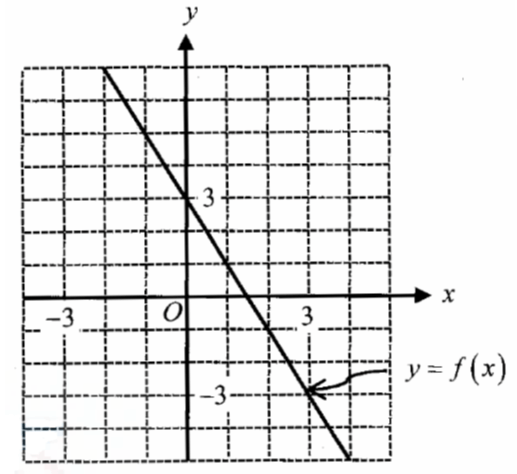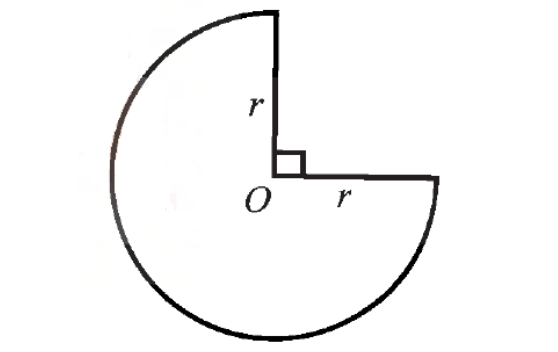FINDING MEASUREMENTS OF A TRIANGLE
In this section, we are going to study, how to find the area, perimeter of the triangle with known and unknown measures. And also, we can find the unknown measures, when we know the area and perimeter of the triangle.
For example, to find the area of a triangle, we have to know the base and height. In some problems, height will be given and base will not be given. We have to use the other information to find the base of the triangle.
Example 1 :
Find the area and perimeter of the triangle shown below.
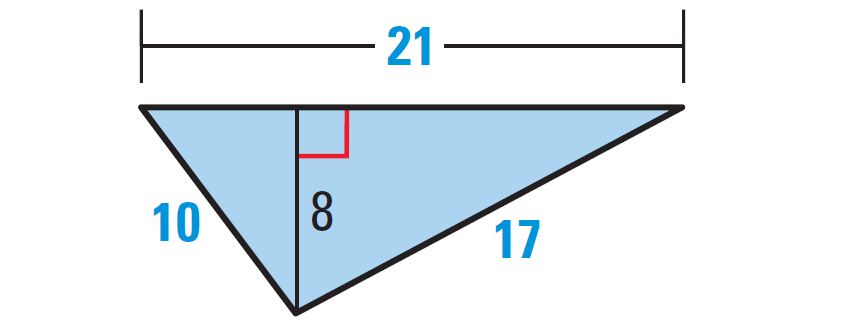
Solution :
Because we want to find the area of the triangle, we have to know its base and height.
To know the base and height of the triangle, let us rotate the given triangle as shown below.
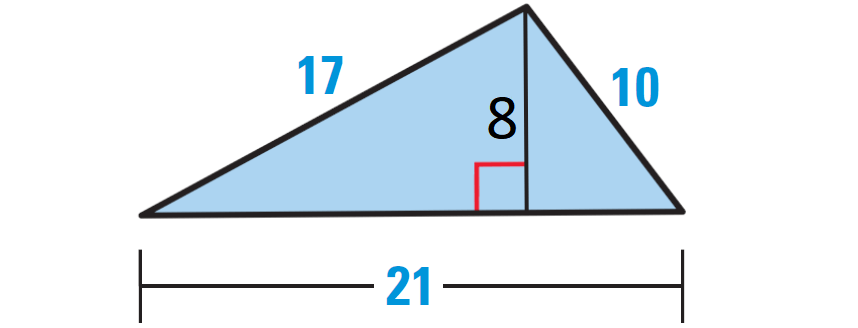
Base = 21 units and height = 8 units.
Area of the triangle :
= (1/2)⋅ base ⋅ height
= (1/2) ⋅ 21 ⋅ 8
= 84 square units
Perimeter of the triangle :
= Sum of the lengths of all the three sides
= 17 + 10 + 21
= 48 units
Example 2 :
Find the area and perimeter of the triangle given below.
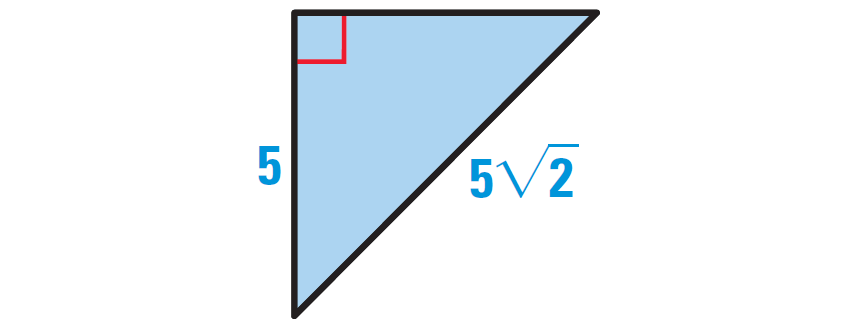
Solution :
Because we want to find the area of the triangle, we have to know its base and height.
To know the base and height of the triangle, let us rotate the given triangle as shown below.
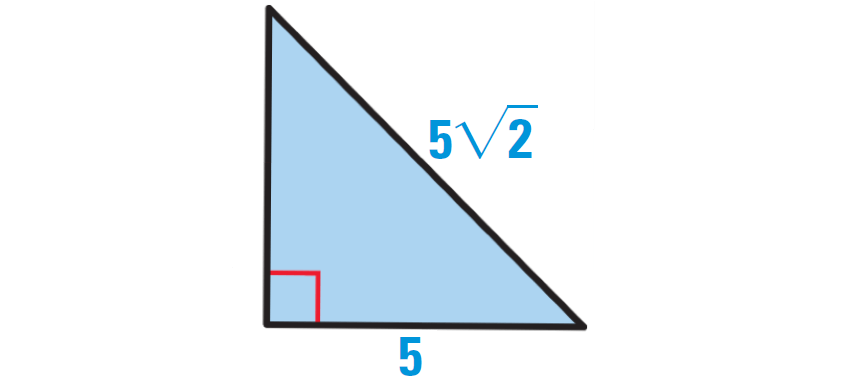
Use Pythagorean theorem to find the height of the triangle.
h2 + 52 = (5√2)2
h2 + 25 = 52 ⋅ (√2)2
h2 + 25 = 25 ⋅ 2
h2 + 25 = 50
Subtract 25 from each side.
h2 = 25
h2 = 52
h = 5
Area of the triangle :
= (1/2) ⋅ base ⋅ height
= (1/2) ⋅ 5 ⋅ 5
= 12.5 square units
Perimeter of the triangle :
= Sum of the lengths of all the three sides
= 5 + 5 + 5√2
= (10 + 5√2) units
Example 3 :
Area of the triangle shown below is 126 square units. Find the perimeter and height of the triangle.
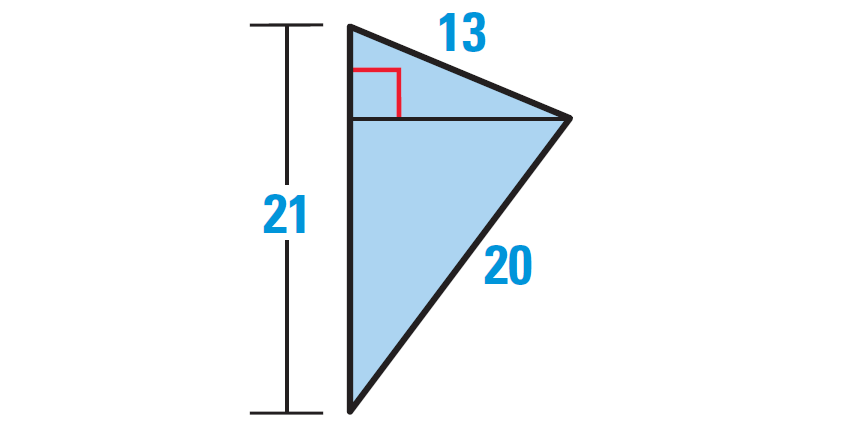
For our convenience, let us rotate the given triangle as shown below.
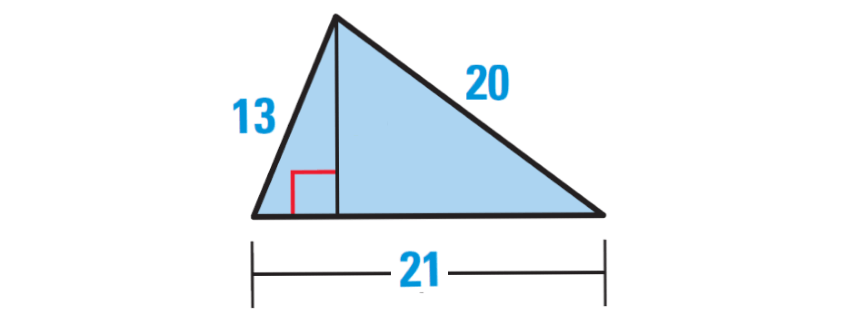
In the triangle above, base = 21 units.
Given :
Area of the triangle = 126 square units
(1/2) ⋅ base ⋅ height = 126
Substitute base = 21.
(1/2) ⋅ 21 ⋅ height = 126
Multiply each side by 2.
21 ⋅ height = 126⋅2
21 ⋅ height = 252
Divide each side by 21.
(21 ⋅ height)/21 = 252/21
height = 12
Perimeter of the triangle :
= Sum of the lengths of all the three sides
= 13 + 20 + 21
= 54 units
Example 4 :
Find the area and perimeter of the triangle defined by D(1, 3), E(8, 3) and F(4, 7).
Solution :
Plot the points in the coordinate plane. Draw the height from F to the side DE. Label the point where the height meets DE as G. Point G has coordinates (4, 3).
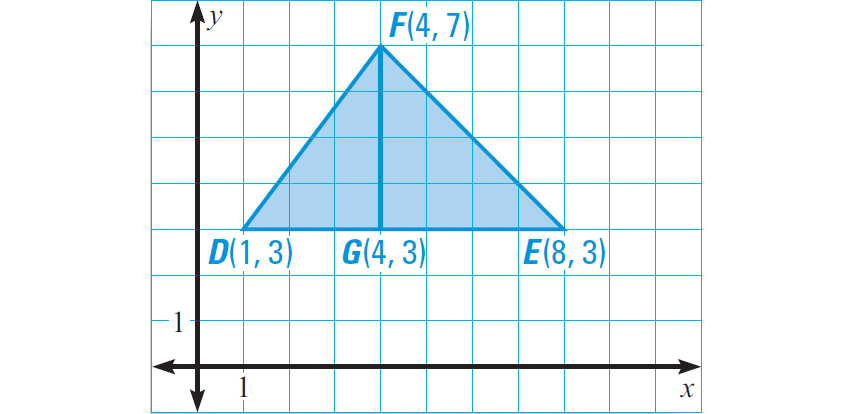
Length of DE :
= 8 - 1
= 7
Use distance formula to find the length of EF and FD.
Distance Formula :
= √[(x2 - x1)2 + (y2 - y1)2]
Length of EF :
(x1, y1) = E(8, 3)
(x2, y2) = F(4, 7)
EF = √[(4 - 8)2 + (7 - 3)2]
EF = √[(-4)2 + (4)2]
EF = √[16 + 16]
EF = √32
EF = √(4 ⋅ 4 ⋅ 2)
EF = 4√2
Length of FD :
(x1, y1) = F(4, 7)
(x2, y2) = D(1, 3)
FD = √[(1 - 4)2 + (3 - 7)2]
FD = √[(-3)2 + (-4)2]
FD = √[9 + 16]
FD = √25
FD = 5
Perimeter of the triangle :
= 5 + 7 + 4√2
= (12 + 4√2) units

Apart from the stuff given above, if you need any other stuff in math, please use our google custom search here.
Kindly mail your feedback to v4formath@gmail.com
We always appreciate your feedback.
©All rights reserved. onlinemath4all.com
Recent Articles
-
Digital SAT Math Problems and Solutions (Part - 103)
Jan 25, 25 01:00 AM
Digital SAT Math Problems and Solutions (Part - 103) -
SAT Math Resources (Videos, Concepts, Worksheets and More)
Jan 25, 25 12:52 AM
SAT Math Resources (Videos, Concepts, Worksheets and More) -
Digital SAT Math Problems and Solutions (Part - 102)
Jan 24, 25 12:30 PM
Digital SAT Math Problems and Solutions (Part - 102)
